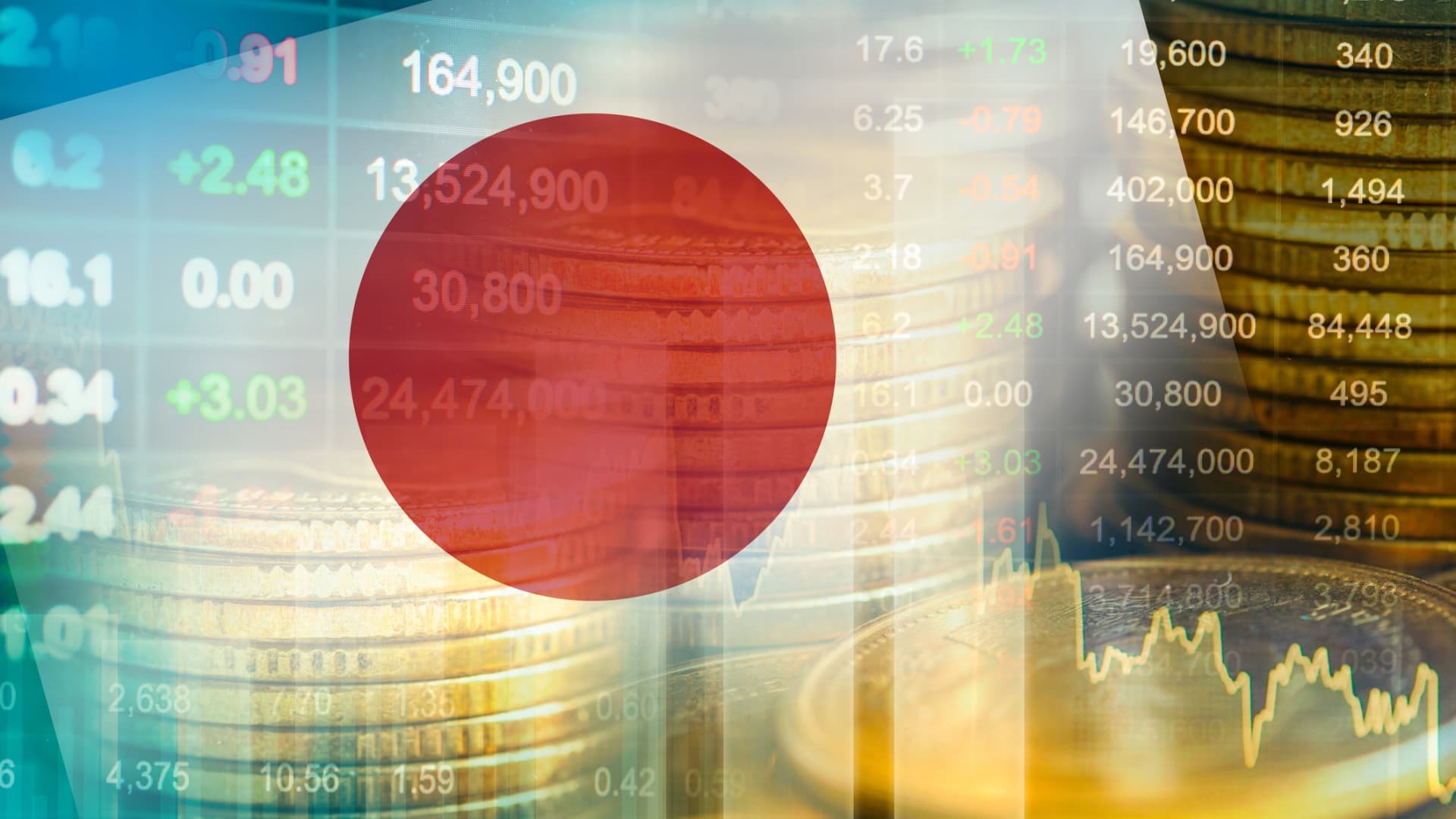Japan’s 2024 Growth Slows Despite Stronger Fourth Quarter

Japan's economic growth slowed significantly in 2024, according to official data released Monday, though the fourth quarter exceeded expectations.
Concerns persist among Japanese businesses over the impact of U.S. President Donald Trump’s protectionist trade policies, including import tariffs, on the world's fourth-largest economy.
The country’s gross domestic product (GDP) expanded just 0.1% in 2024, a sharp decline from 1.5% the previous year. However, the October-December period showed signs of resilience, with quarter-on-quarter growth accelerating to 0.7%—up from 0.4% in the third quarter, when a "megaquake" alert and a powerful typhoon disrupted economic activity. The fourth-quarter figure more than doubled market expectations of 0.3% growth.
"At first glance, Japan's GDP growth in late 2024 looks like a turning point," said Stefan Angrick of Moody's Analytics. "But don’t pop the champagne just yet. Japan's preliminary GDP figures tend to be volatile, with frequent revisions."
He cautioned that despite the positive headline number, the domestic economy remains sluggish. "Consumption is weak, as wage growth has lagged behind inflation for nearly three years. And with global trade facing headwinds, Japan can’t rely on exports to fill the gap in 2025," Angrick added.
Trump announced last week that he plans to introduce tariffs on imported cars as early as April 2, adding to a series of trade measures imposed since taking office.
Before the latest GDP data was released, the Daiwa Institute of Research noted "various growth drivers," including a rebound in motor vehicle production, strong corporate investment, and recovering inbound tourism.
Last year, Germany surpassed Japan as the world’s third-largest economy, with India projected to overtake both in the coming years—a shift largely driven by the yen’s sharp depreciation against the U.S. dollar.
Meanwhile, the Bank of Japan (BoJ) raised interest rates in January, following a historic hike in March—the first in 17 years—signaling further tightening ahead. The move, which pushed borrowing costs to their highest level since 2008, was supported by "steadily rising wages" and "generally stable" financial markets, according to the BoJ.
For years, the central bank maintained ultra-loose monetary policies while others raised rates. But its decision to lift rates above zero in March marked a shift away from strategies aimed at countering Japan’s "lost decades" of economic stagnation and deflation.
In a note on Monday, Capital Economics stated that "while the Q4 GDP surge wasn’t broad-based, it reinforces our view that the Bank of Japan will tighten policy more aggressively than most expect this year."


















तपाईको प्रतिक्रिया दिनुहोस